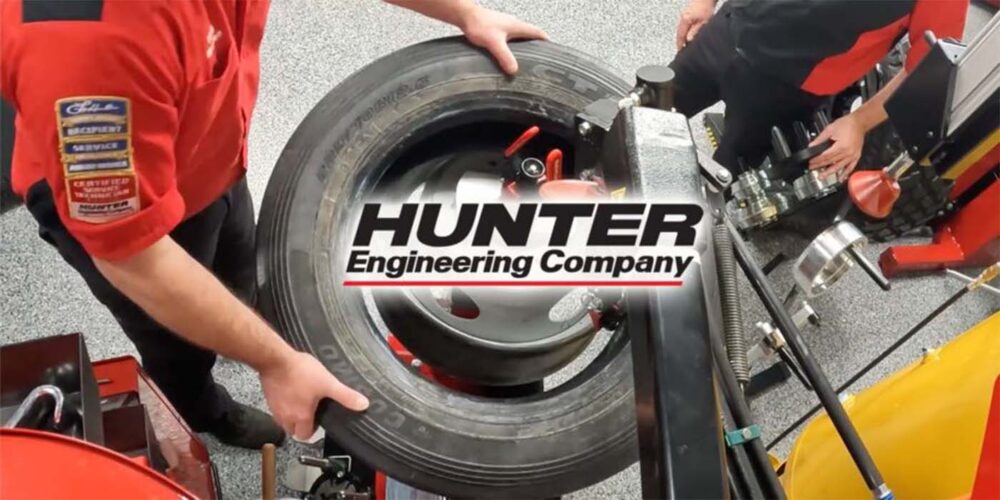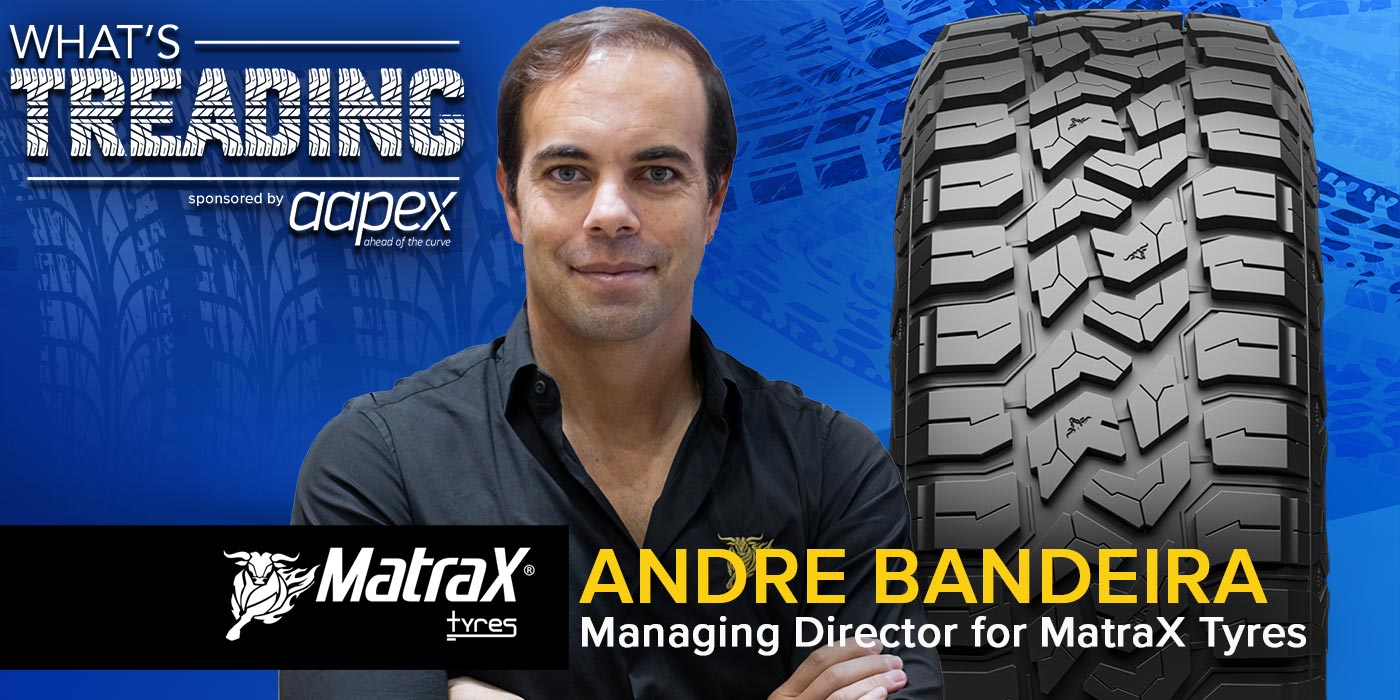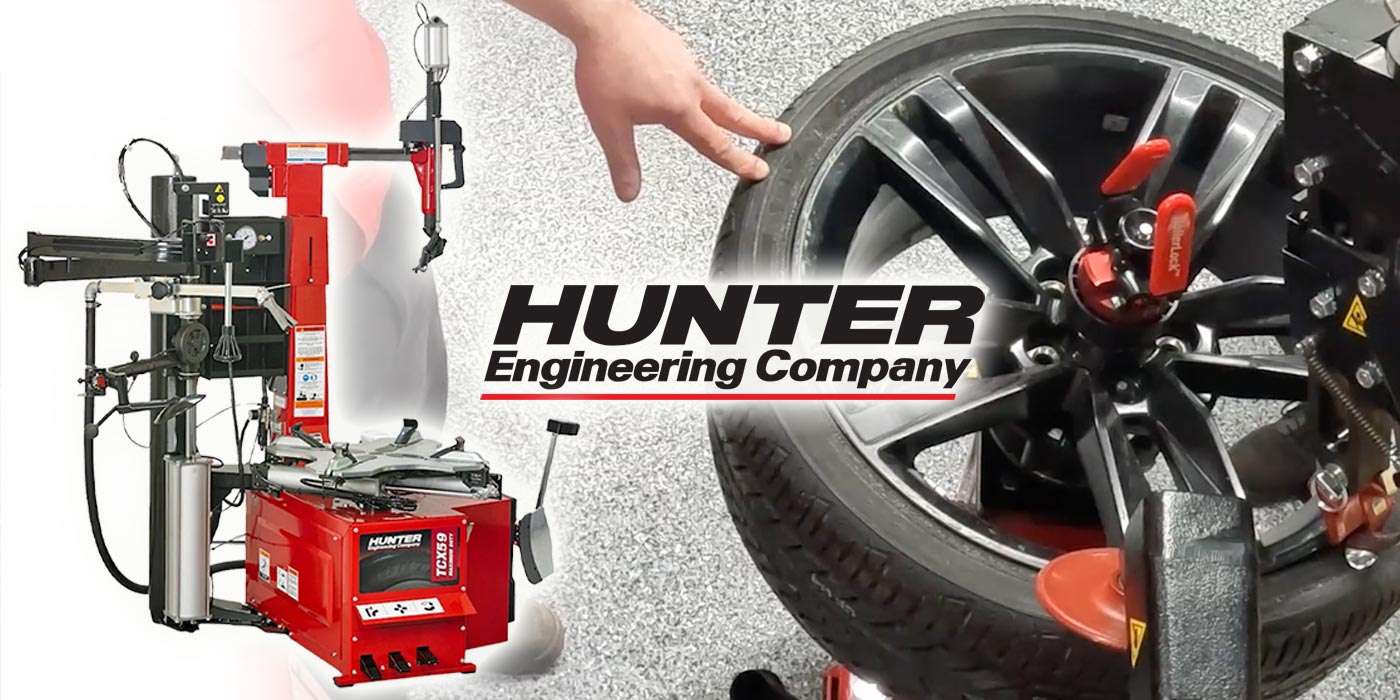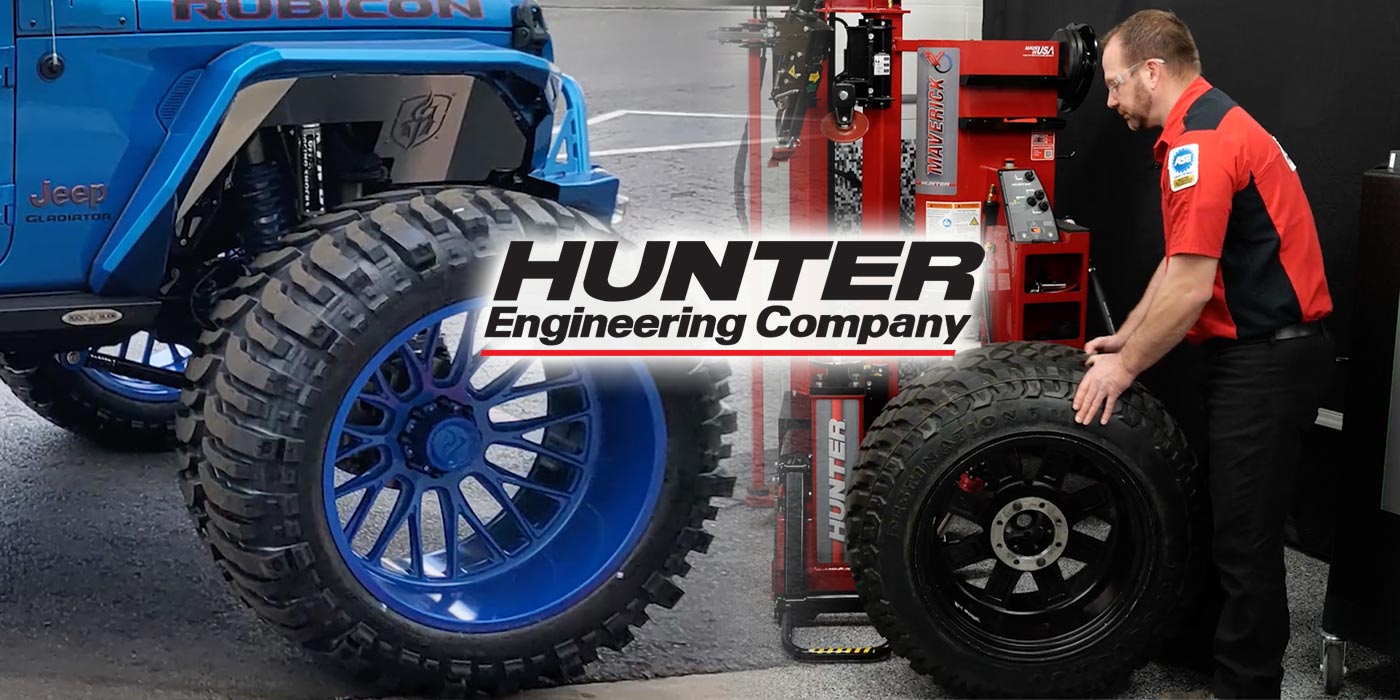A 4×4 locking hub is an automatic hub used on many 4×4 trucks to disengage the front wheels when four-wheel drive is not needed. But like, how does it work, and how do you service them if they end up going bad?
Let’s go over how a 4×4 locking hub works, what the main problems for these are, and how to maintain them in this Tire Review Continental Tire Garage Studio Video.
4×4 locking hubs disengage the front wheels and reduce friction which may improve fuel economy by as much as one mile per gallon, depending on the vehicle.
The main advantage of being able to disengage the front wheels on the go is that the driver doesn’t have to stop, get out of his vehicle and twist a dial on the hub to disengage or engage the front wheels. The automatic hub does it on the fly. The locking mechanism inside an automatic hub is sort of like a one-way clutch. When torque is applied by the driveshaft, it forces the hub to slide in and lock.
The hub then remains in the locked position as long as the transfer case remains in four-wheel drive. When the driver shifts to two-wheel drive, the clutch mechanism inside the hub slides back out and releases the hub, allowing the wheel to turn independent of its axle shaft.
While this all may sound kind of complicated, that is because it is. And, with complications, come some occasional reoccurring issues and maintenance.
The most common problem with hubs is that they won’t engage. Mud, rust or worn parts inside the hub can prevent the mechanism from sliding in and locking the hub, as we talked about earlier. A hub may also fail to release for the same reasons that prevent the hub from engaging. Anything that binds the internal mechanism can prevent it from sliding and releasing. Tell your customers to look out for noticeable symptoms like an increase in fuel consumption, noise on the highway or increased front-tire wear.
To service the hub, some disassembly is required – I know, big sigh. But – disassembly and reassembly procedures do vary from one hub design to another, so refer to the OEM service information if you need help. If you don’t have manual or online service information, disassemble one hub at a time. That way, if you can’t remember how the parts came apart, you can always refer to the other hub as a guide. Now that’s what I call visual and hands-on learning.













